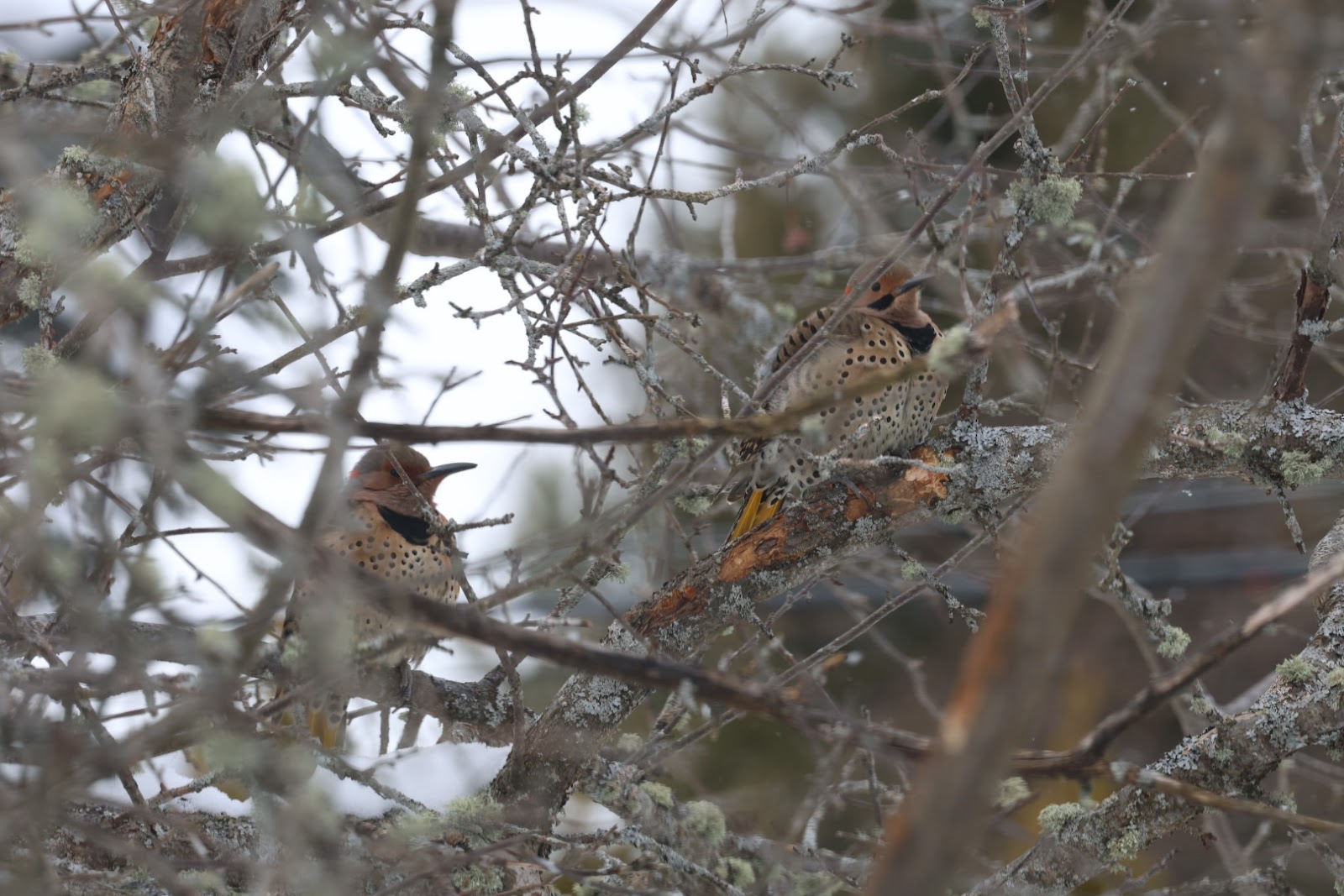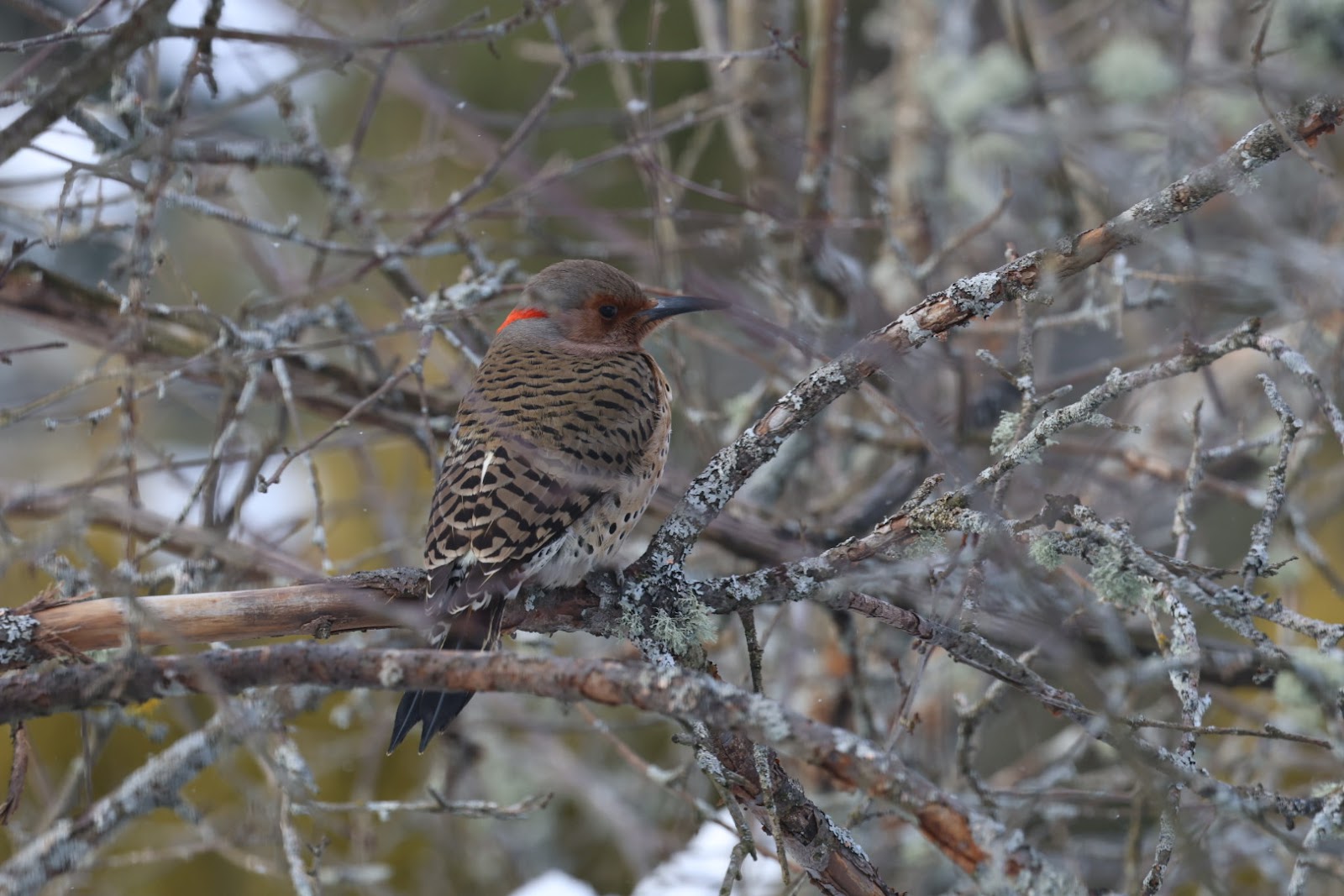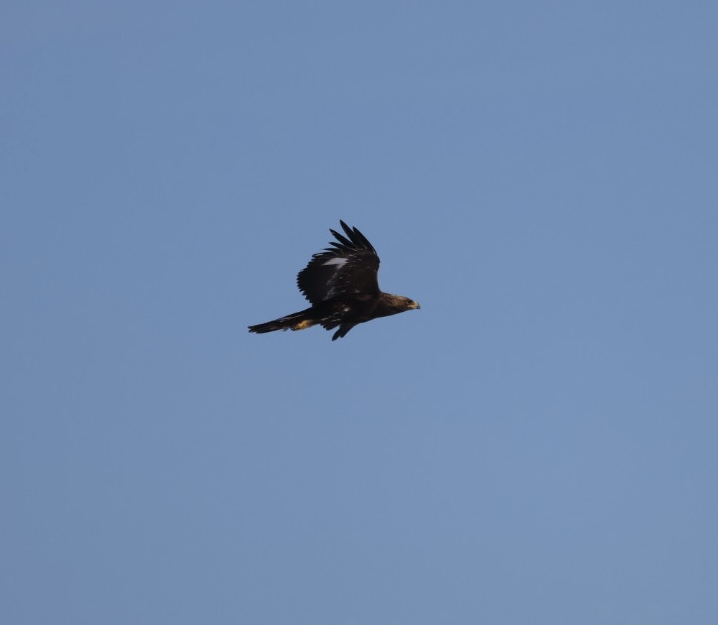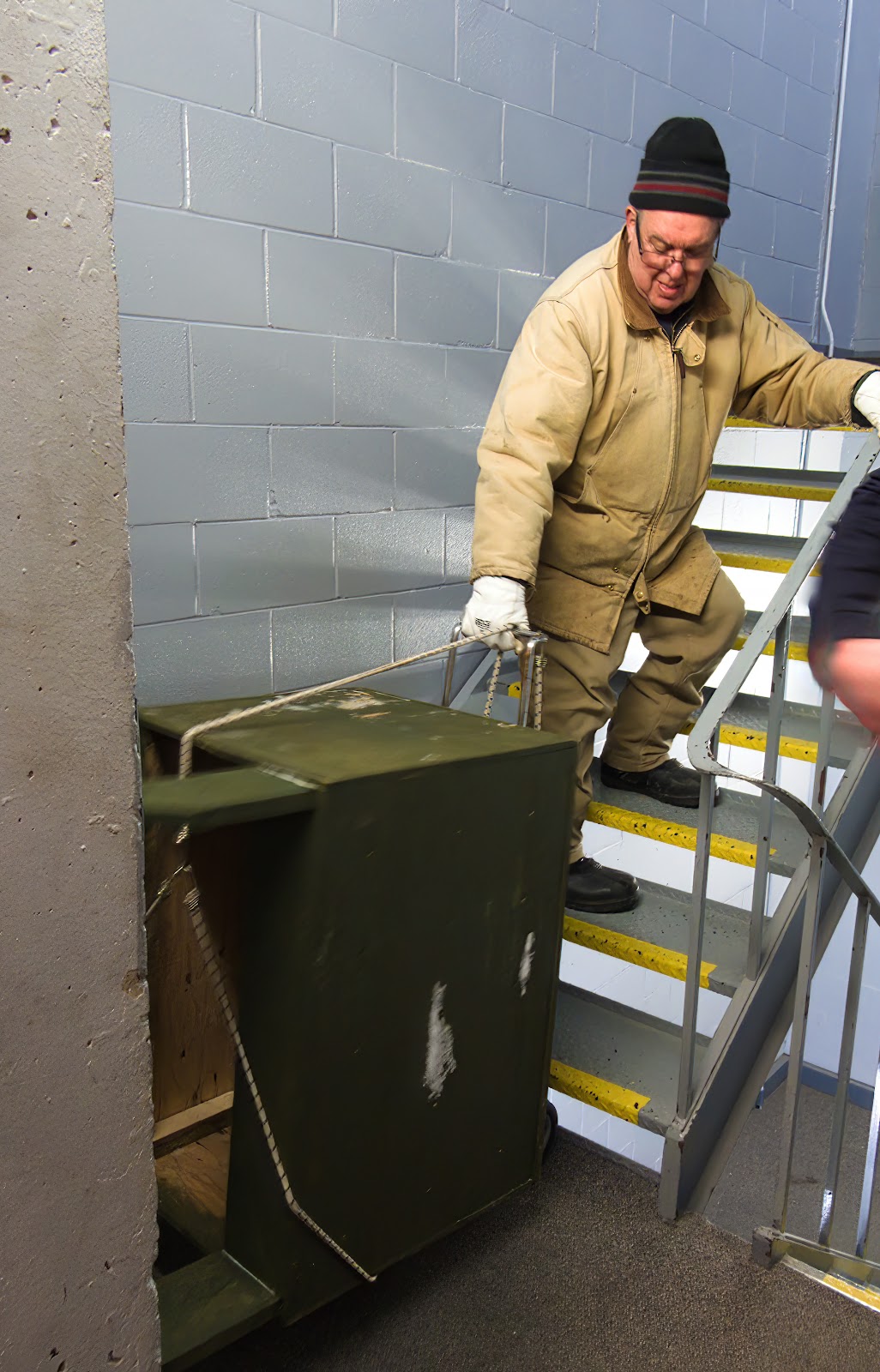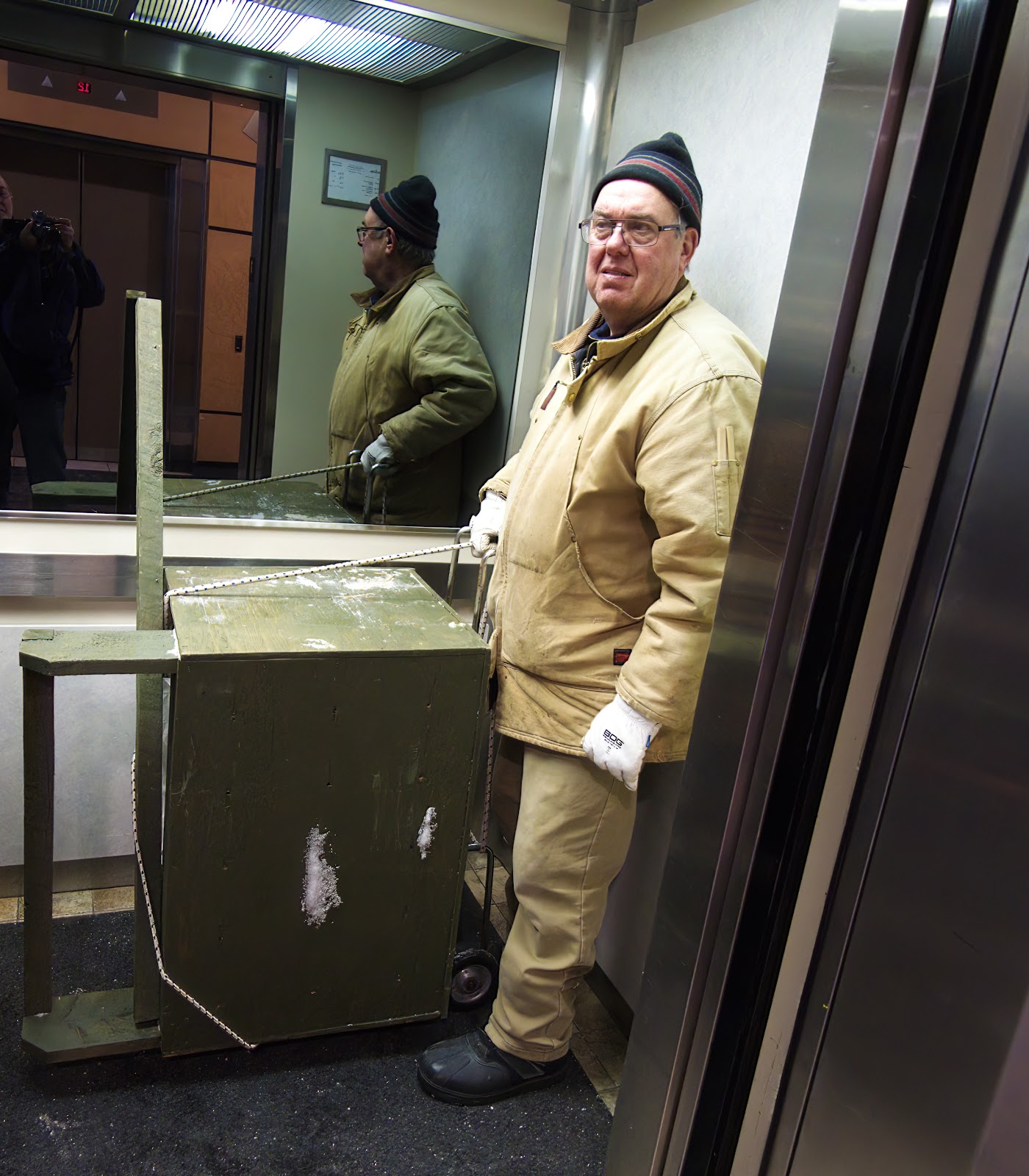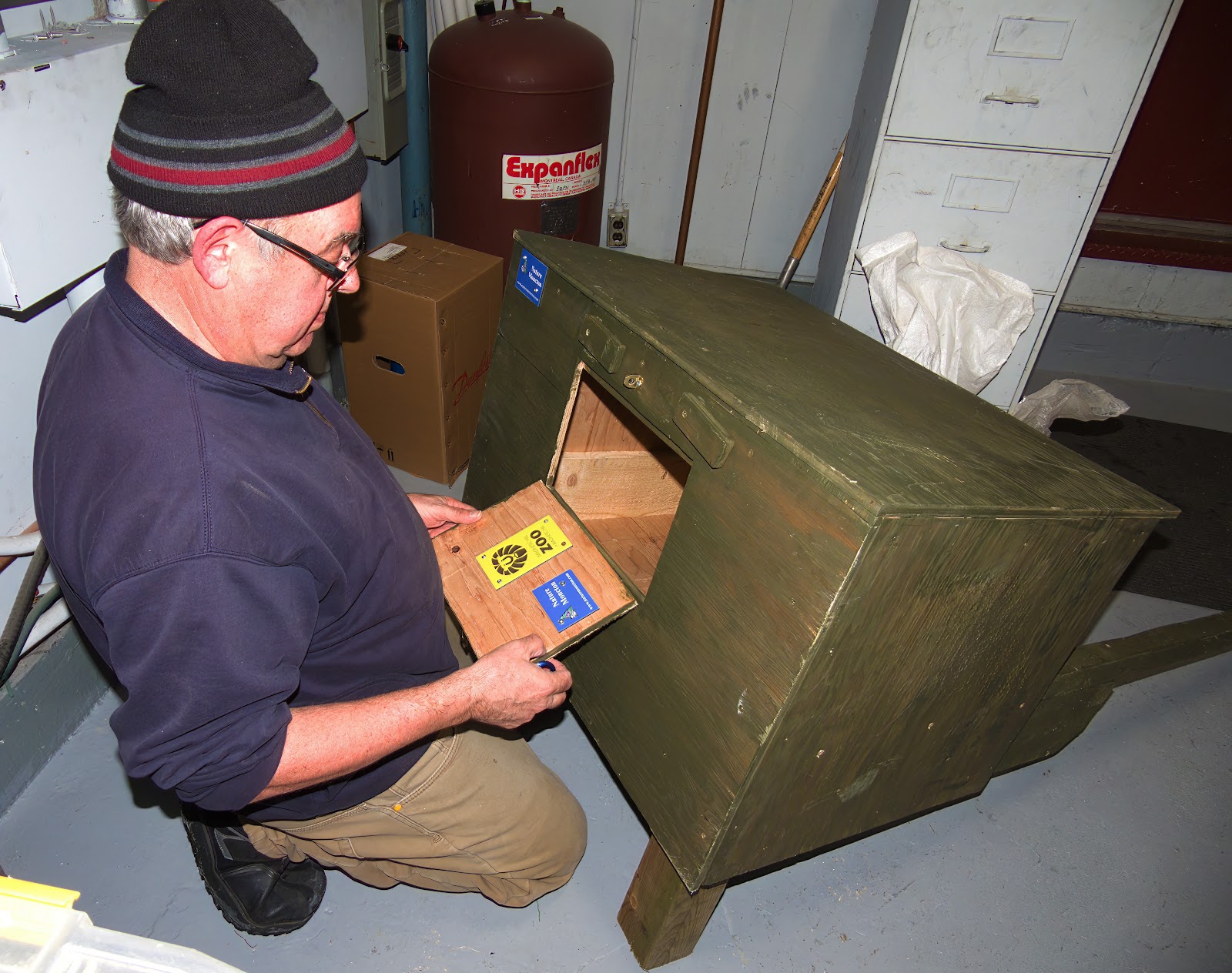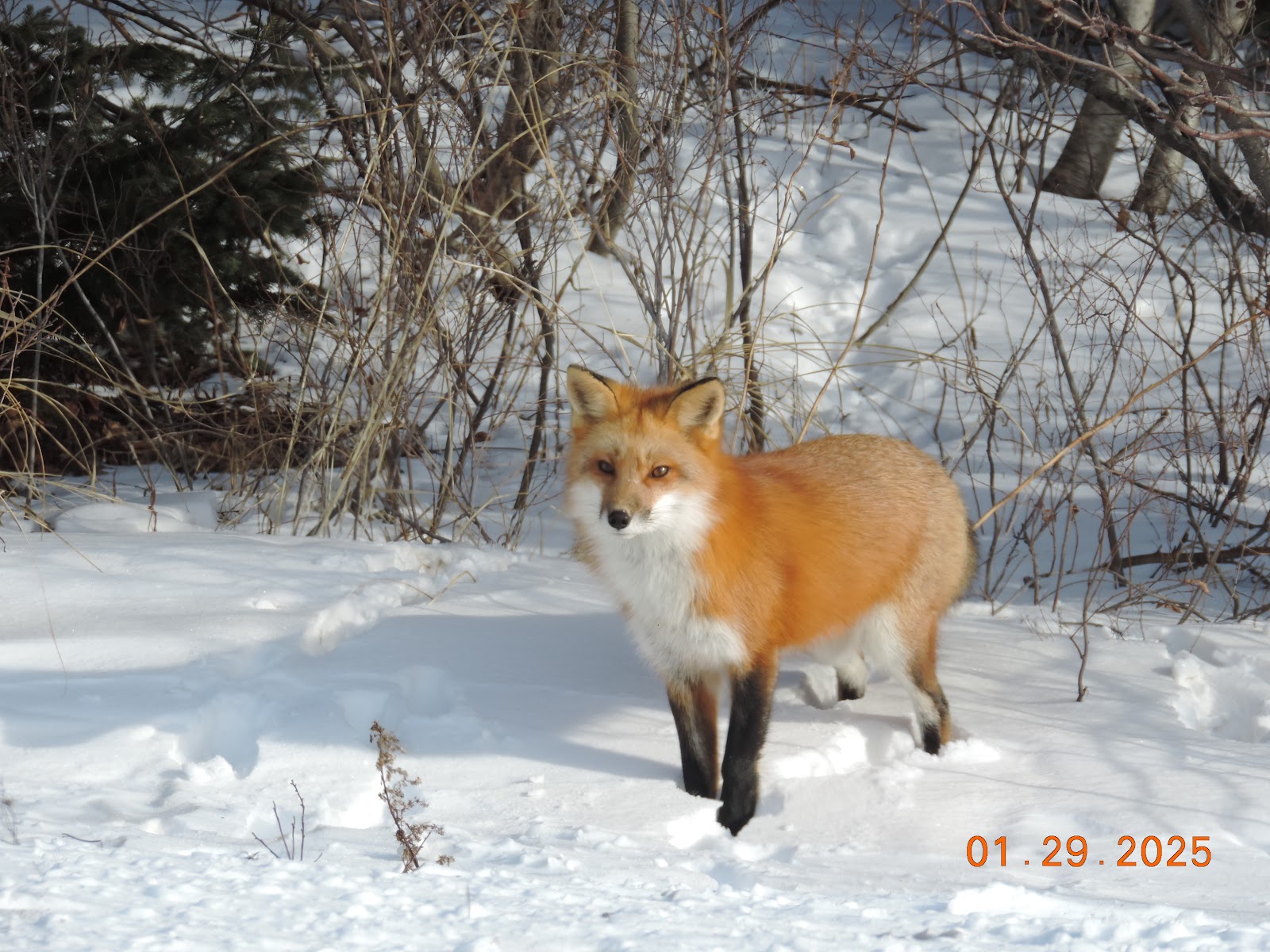NATURE MONCTON NATURE NEWS
January 30, 2025
Nature Moncton members as well as any
naturalist in New Brunswick or beyond are invited to share their photos
and descriptions of recent nature sightings to build a fresh (almost) daily
edition of Nature News
To respond by e-mail, please address your message to the
information line editor, nelsonpoirier435@gmail.com .
Please advise the editor at nelsonpoirier435@gmail.com
and proofreader Louise Nichols at Nicholsl@eastlink.ca if
any errors are noted in wording or photo labelling.
For more information on Nature Moncton, check the website
at www.naturemoncton.com.
Proofreading courtesy of Louise Nichols
**Northern Flickers are not common at winter
feeders, but a pair is a real bonus! Judy Cairns has a pair as regulars at
the moment. One of the flickers showed
up a week ago, but over the past weekend, a mate appeared. Judy has seen
them every day this past week. The two of them are together in one photo, but
because of the branches, it isn’t a clear view.
They usually show up together but not often close enough to get them in
the same photo.
Judy also has a Pine Warbler that is a regular, so
she makes sure to keep the suet feeders stocked. She had two Pine Warblers in
December but has only had one visiting the past few weeks.
A Golden Eagle has
appeared this winter on the Tantramar Marsh, but it appears like it is not
regular. Judy was in the right place at the right time in December to get a
flight photo of a Golden Eagle on the Tantramar which is shared in today’s
edition.
**Georges Brun photographed an immature Red-tailed Hawk beside
the CIBC Financial Institution next to Halls Creek on Main Street recently.
Georges is not certain what it has in mind as prey, but the Rock Pigeons
scurried away after its arrival. There were lots of European Starlings to
choose from as well.
**Aldo Dorio photographed three Red Foxes traveling together at Hay Island on Wednesday. Observing three Red Foxes in one spot at this time of year very much suggests that mating
season is starting/in progress for litter arrival in early spring in time
for ground thaw which allows the foxes to dig in the ground for nest preparation.
Aldo’s photos show the animals in prime condition.
**Gordon
Rattray had a new visitor to his yard on Wednesday: a male Purple Finch
dropped in for a sunflower meal which it shared with an American Goldfinch.
It's interesting to note that the American Goldfinch is starting to show a dark
cap of male breeding plumage.
**Jim Wilson shares an interesting comment on the identification of a vireo nest photographed by Louise Nichols that appeared in yesterday's edition. Jim agrees with the vireo identification but suspects the vireo was a Red-eyed Vireo as the Blue-headed Vireo is usually in the forest in mixed coniferous/deciduous situations. Red-eyed Vireos are most likely in deciduous settings, especially along roadsides and in backyards.
**Brian
Stone received notification from the website BugGuide that a small sweat bee
that he submitted for identification back on July 07, 2024, had finally been
given a complete identification profile. Its final, specific ID is a Ligated
Furrow Bee (Halictus ligatus). It was nice to get a reminder during these dark, snowy January days of the warm beauty that summer insects can bring,
showing themselves covered in pollen that further causes flowers to grow and
bloom and plants to grow and feed us.
This bee mines/burrows into the ground to prepare nests
**Fred Richards and Nelson Poirier took the 2025 edition
of the Peregrine Falcon nest box to the summit of Assumption Place on Wednesday
to prepare for the replacement of the former nest box that was in serious need
of repairs after 13 successful nesting seasons.
The new box was built by our chief Nature Moncton
engineer Fred Richards and a fine structure it is indeed. Several photos are
shared today of the effort to get it near its new home. Things went smoothly,
wiggling the structure into an elevator to travel 20 floors up. However, the
last two floors to the penthouse meant stairways, which was a bit more of a
challenge. Some final repairs were done in the penthouse that could not be
done before the nest box made its journey up. Some of the photos show the box while looking in from the front which the remote camera will show this summer. One photo reveals the flap door at the back of the nest to allow access if needed as
well as the Wi-Fi router that is housed in the penthouse.
It is hoped the roofing company selected for the final
installation of the nest box will complete the task soon. The new box will be
approximately 10 feet from the old one which happened to be situated immediately
above where a new entrance to the building is being planned. This slightly new
placement should avoid unwanted surprises landing on people going and coming
from the building!
We are all hoping the Peregrine Falcon couple will accept
their new digs and another successful family will be reared, but we will have to accept what Mother Nature has in
store as this is a natural nest that will have minimal human interference.
It was very rewarding to hear the excitement of some of
the building's occupants as they saw the huge nest box on its journey; they were
pleased to hear they could watch what was happening above them again this year.
The whole scenario very much reminded Nelson of the day the original nest box was placed on the summit of Assumption Place in March 29, 2011. That day was very cold, but clear, to view the whole city below. Wednesday was cool, but the blowing snow prevented clear views of the city below.
Nelson
Poirier
Nature Moncton

